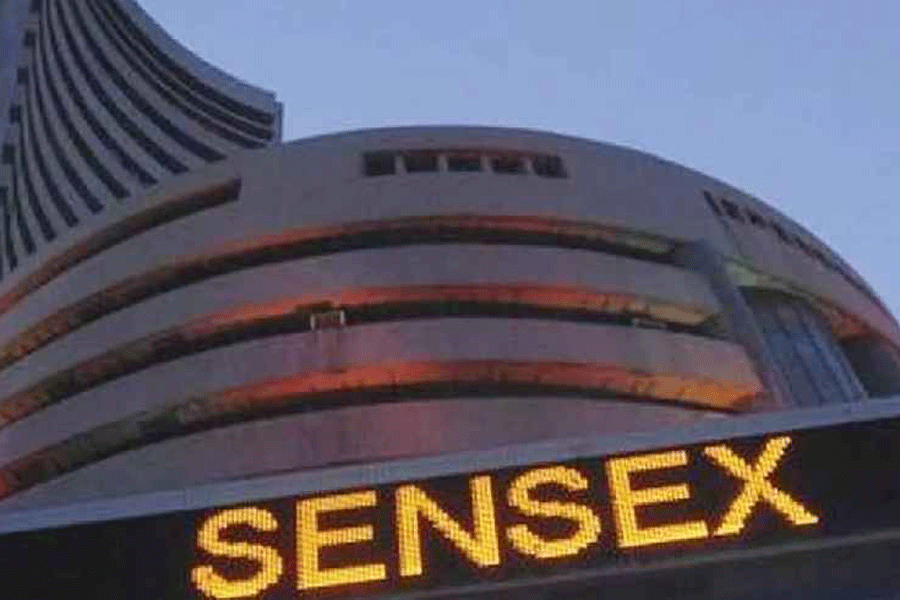The Indian stock markets moved in tandem with an upbeat global mood as the Sensex zoomed nearly 1331 points and the Nifty by 397 points to end above the 24500 level.
The markets took the cues from diminished fear of recession in the US coupled with the expectation of a rate cut from the US Federal Reserve.
All the Sensex constituents ended in the positive territory on the back of a rally led by IT and auto stocks.
The renewed optimism came after a hiatus of two weeks and was propelled by robust retail numbers and better-than-expected jobs data in the world’s largest economy.
The Nikkei jumped 1336 points or 3.64 per cent in response to the US economic data and a weaker Yen against the US dollar.
“The Indian markets joined the global rally on Friday, rebounding after a brief period of underperformance driven by FIIs’ selling in both the cash and F&O segments,” Santosh Meena, head of research, Swastika Investmart Ltd, said.
The market is now fully pricing in a 25-basis-point rate cut by the US Federal Reserve in September, Meena said.
The 30-share BSE Sensex opened gap-up at 79754.85 and vaulted 1412.33 points or 1.78 per cent to touch a day’s high of 80518.21.
It subsequently settled at 80436.84, a gain of 1330.96 points or 1.68 per cent — its best single-day gain in more than two months.
On the NSE, the Nifty surged 397.40 points or 1.65 per cent to close at a two-week high of 24541.15.
Rupee trend
At the forex markets, the rupee closed flat at 83.95 against the dollar.
A note from Axis Mutual Fund said the rupee has seen some depreciation vis-a-vis the dollar in the near term.
However, the Indian currency has remained relatively stable over the last six months in comparison with other emerging and developed market currencies.
One of the reasons has been the strong intervention from the Reserve Bank of India.
The fund house said the central bank has intervened (sold dollars) of $10-15 billion in the last few trading sessions.
This has been made possible due to the reserves position which gives it room to intervene and prevent a sharp fall in the value of the rupee.










